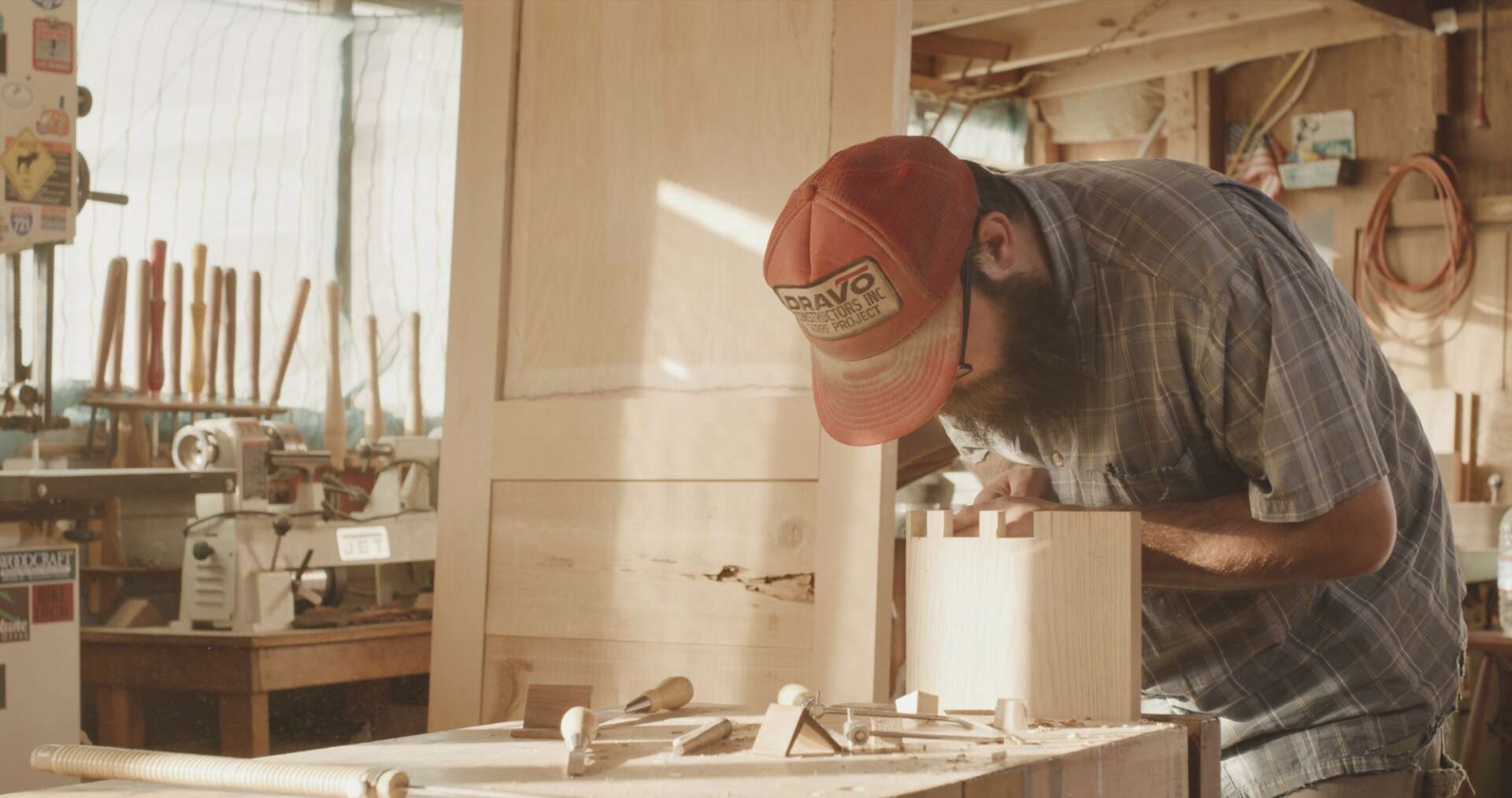We’re excited to introduce you to the always interesting and insightful Jeffrey Schulz. We hope you’ll enjoy our conversation with Jeffrey below.
Jeffrey , looking forward to hearing all of your stories today. Can you talk to us about how you learned to do what you do?
Much of my initial learning came from looking at things and reverse engineering. Or dissecting a piece of furniture found on the sidewalk. But this only deepened my desire to make things, which led me to Cerritos College woodworking (specifically). This immersion was my deep dive to where I’m at currently. I was surrounded by peers, who shared a similar interest. Yet each individual came from a different background, brought their own approach, and received their own results. This is also where I learned from instructors like Carl Stammerjohn, Tony Fortner and Cliff Trimble. All of whom taught me things that would lead me to discover new things I was previously unaware of. Such as timber framing, which I studied in Maine. Or period furniture which I learned from Phil Lowe, at his Furniture Institute of Massachusetts, in Beverly. And my most impactful job and apprenticeship to date, was with George Sawyer at Sawyer Made in Vermont. Everything boiled down to an interest in Windsor chairs, which led to a class at Sawyer Made, and led to a working apprenticeship. Not only learning traditional chair making, but how to operate a shop, maintain the timber frame structure which housed us, maintain the tools and equipment we relied on daily to make our well being. I learned a beautiful resourcefulness from rural Vermont, which was my greatest take away. And in many ways I learn on a daily basis from visiting friends, and their shops and space. Especially if it isn’t wood related. Problem solving in my friends motorcycle shop often teaches me something, that I can stash in the catacombs of my mind, which I can pull from down the road.
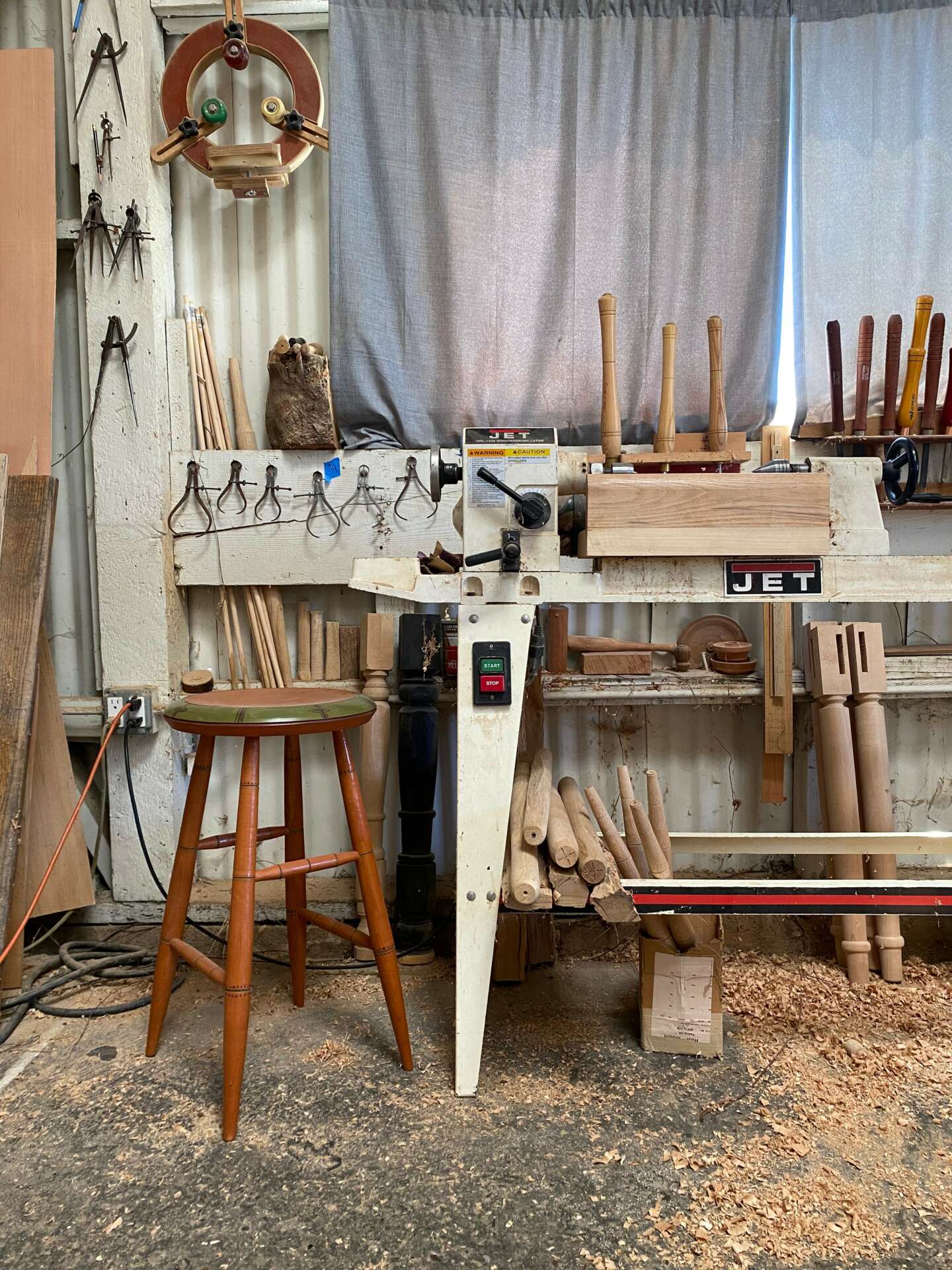
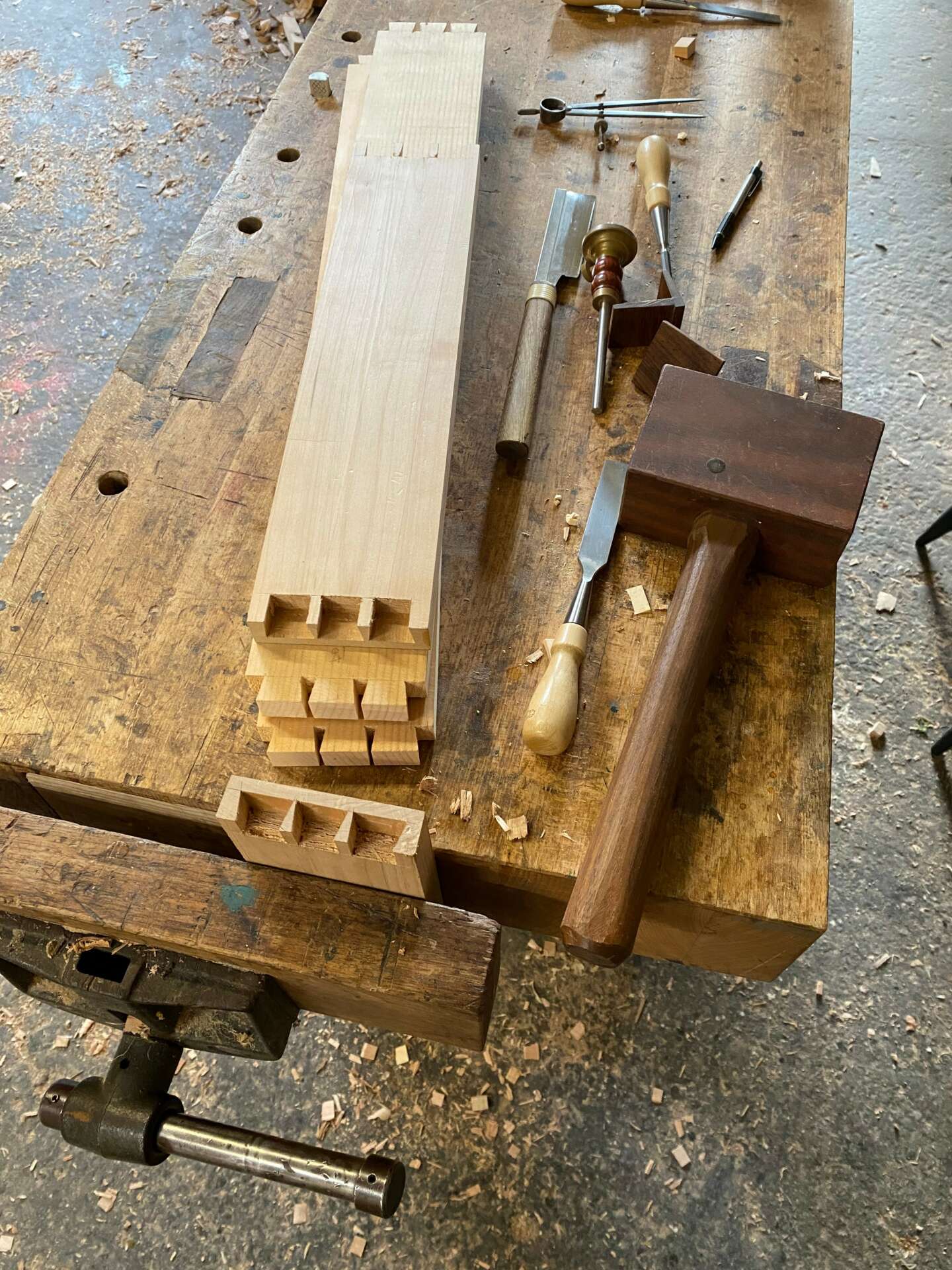
Jeffrey , before we move on to more of these sorts of questions, can you take some time to bring our readers up to speed on you and what you do?
I came to my craft, I suppose initially from art. When I was a kid I was always drawing cartoons. In high school I was drawing flyers for punk shows and zines or whatever, and designing logos for friends bands. Which led to silk screening t-shirts, I enjoyed the creative control. This sort of led to block printing, I found carving to be a discipline I could sit down to for hours and really enjoy. It didn’t feel like a task, I could spend all day and night carving undisturbed. Anyways, I guess the first woodworking tools I got were some carving tools. From carving wood blocks to print, I wanted to frame some of my prints and embellish the frames. Then I started carving tikis on driftwood and making frames and boxes. So I’d look up terminology, or tools, and names of different joints. And dive into each one, reading all I could find. And I still pretty much do the same thing. Now I can spend a day at the lathe turning legs and parts for chairs after splitting the parts out of a log. The sculpting process is what I still enjoy. And carving the seats. Windsor chairs have no right angles, and are all about the negative space. For me it’s a thrill to sculpt each piece, every pass of the tool alters the chunk of wood until you are satisfied enough to set the tool down and walk away. I think my work has a human-ness to it that I try to emphasize. Every piece is made by my two hands. There are no robots in my shop. Wood grain is so unique and expressive, and I try to embellish that with the right amount of tool marks. Letting the user know through visual and tactile senses, that a human made this and it’s not perfect. My instructor Tony Fortner says we don’t say that word, and I still don’t use it. I make furniture to be used and enjoyed. I was drawn to period furniture and antiques because if they are made well enough to withstand decades even centuries of use, they develop a patina and character all their own. I find that very beautiful. I suppose I’m at this stage in my career where I don’t just get to do one thing. I’m not to the point where I can be too selective on what jobs I get to turn down. I mostly have to say yes to every call, which sometimes finds me crawling under houses or up on ladders. But for now in my work, I’m most proud of my ability to figure things out so I can keep creating things out of wood.
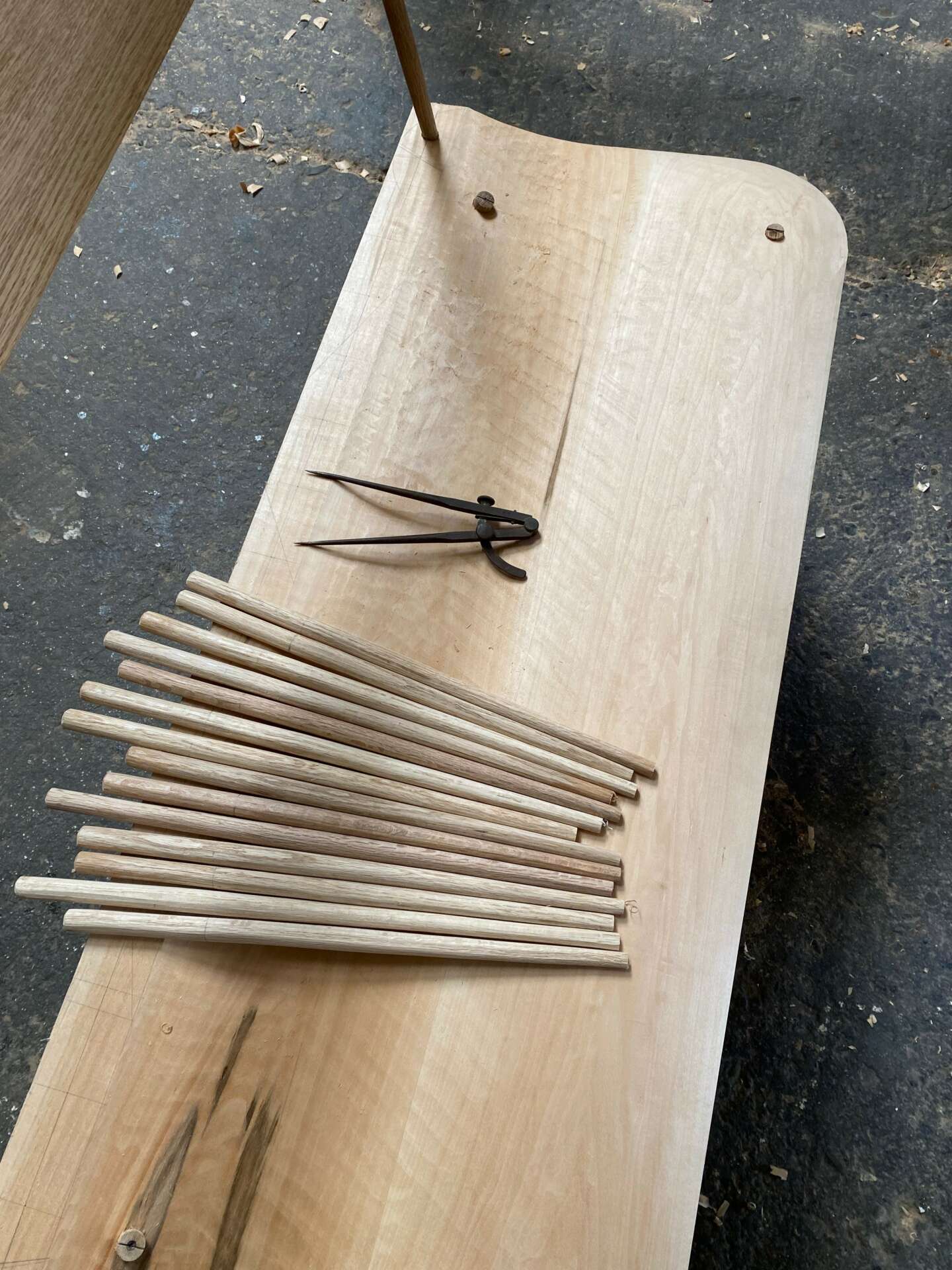
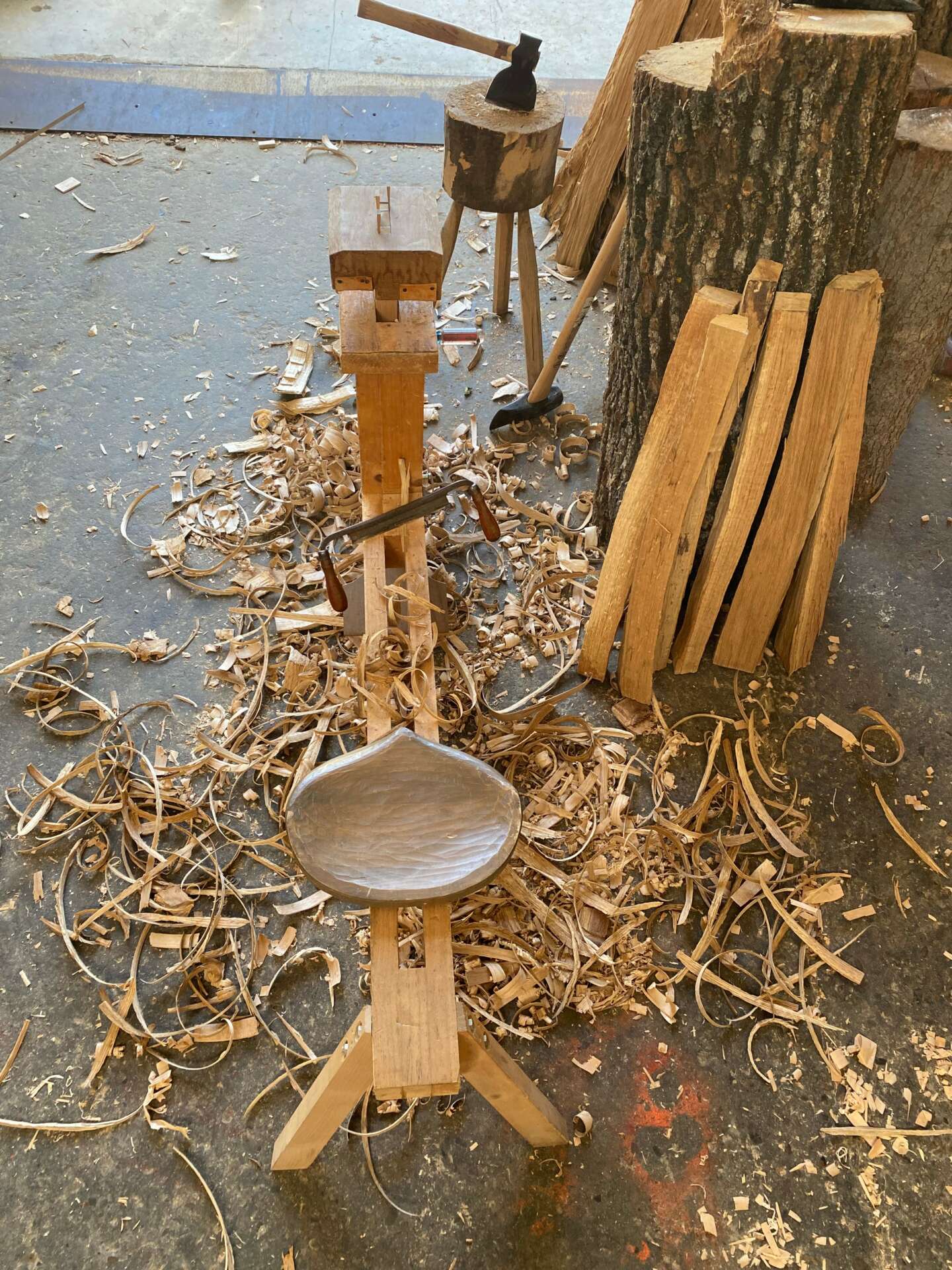
Can you tell us about a time you’ve had to pivot?
I feel like life is just a series of deciding which way to go when you encounter a fork in the road. When I decided to pursue woodworking and continue my education I was working a job I deemed dead end. I can’t even imagine the person I’d be today if I were still working there. Just as today is a pretty significant turning point for me. Marketing oneself is hard. Is social media even real? Influencers are a dime a dozen, and a flash in the pan. So how is a fellow to explain that I wish to create things that you will want to bestow upon your grandchildren some day?
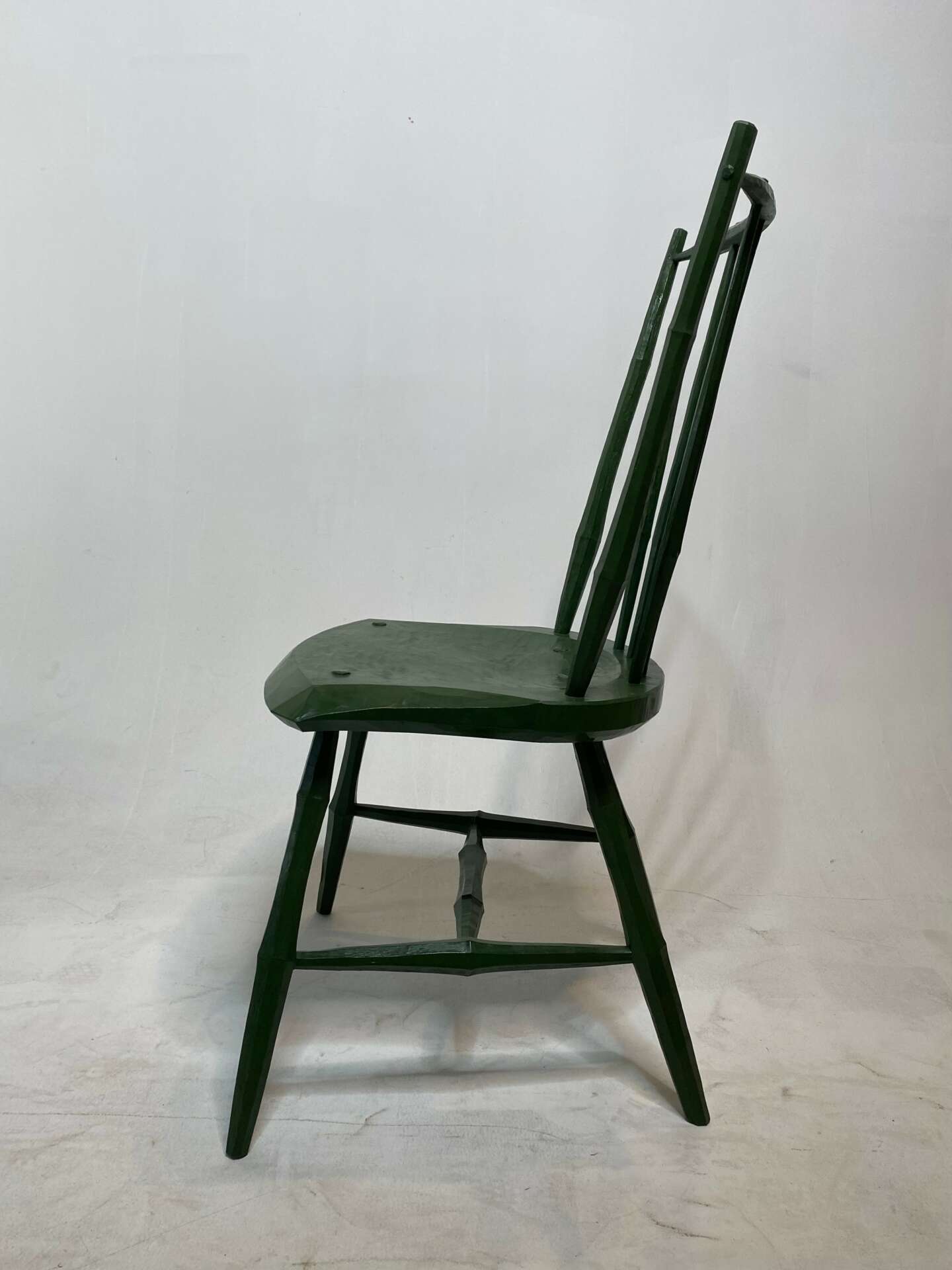

In your view, what can society to do to best support artists, creatives and a thriving creative ecosystem?
To be honest, I wish people knew just how capable they are. In the not too distant past, many folks were much more self reliant. Even building their own furniture, and maintaining their homes. Now we move so frequently, and no one owns anything they can be proud to maintain. We can get things delivered to our doorsteps, and there is always a cheaper option. Most of these things are disposable and lifeless. Only to succeed our attention spans in death.
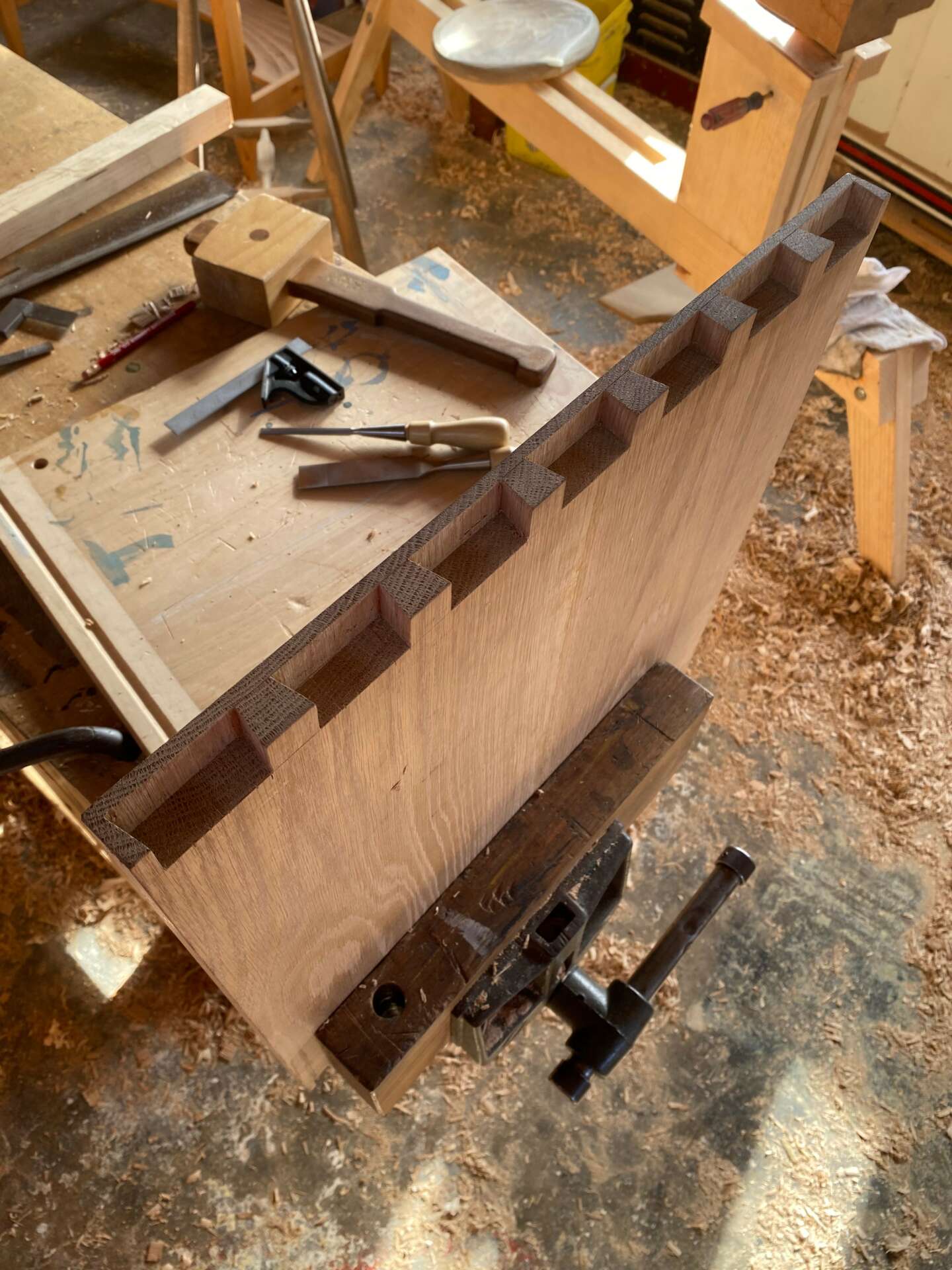
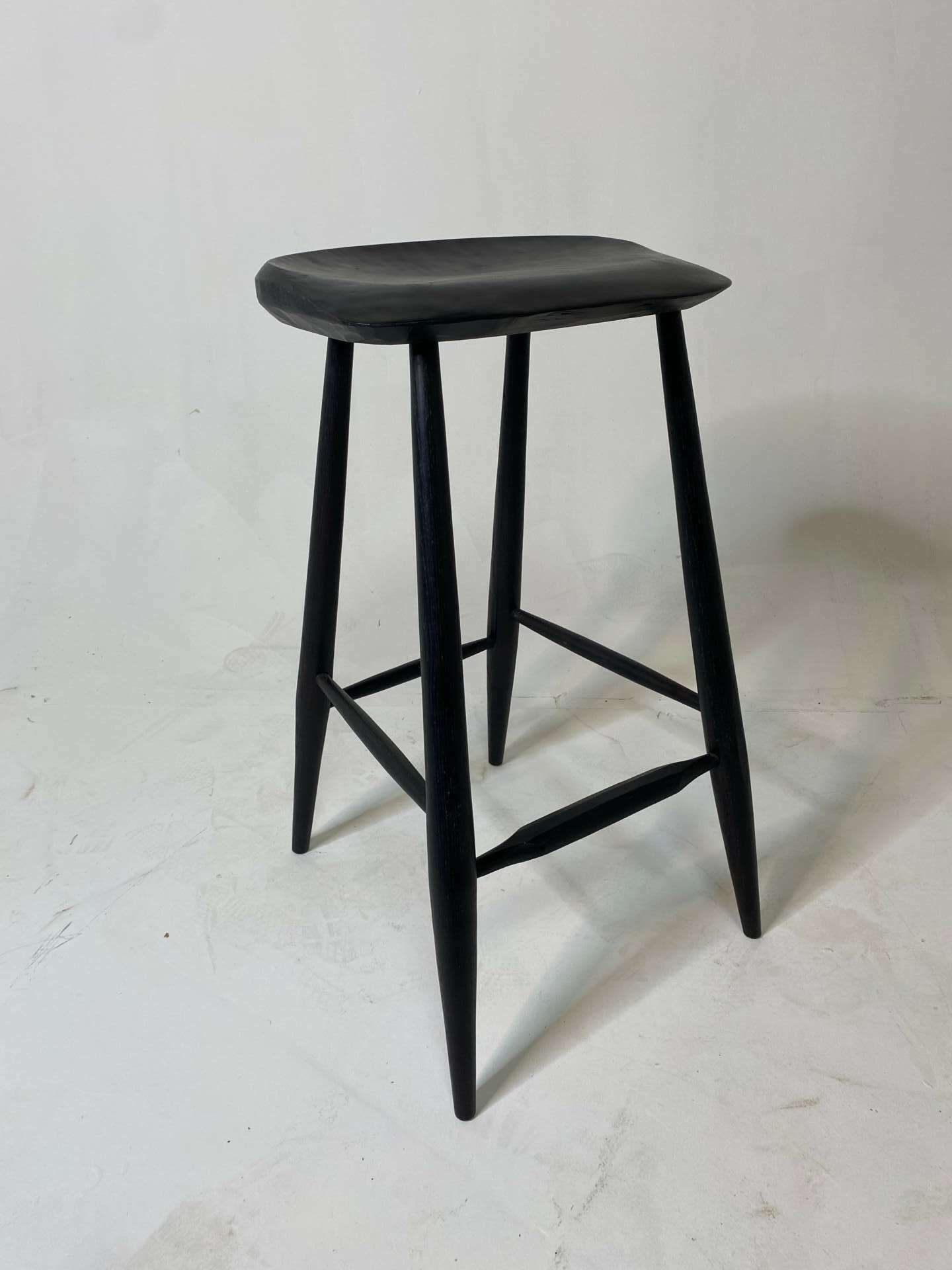
Contact Info:
- Website: Jawswoodshop.com
- Instagram: https://instagram.com/jawschulz?igshid=OGQ5ZDc2ODk2ZA%3D%3D&utm_source=qr
- Youtube: https://youtu.be/3mooCGMylh0?si=z4zo1V6kgiSoN3pm
Image Credits
Kyle MacLennan


